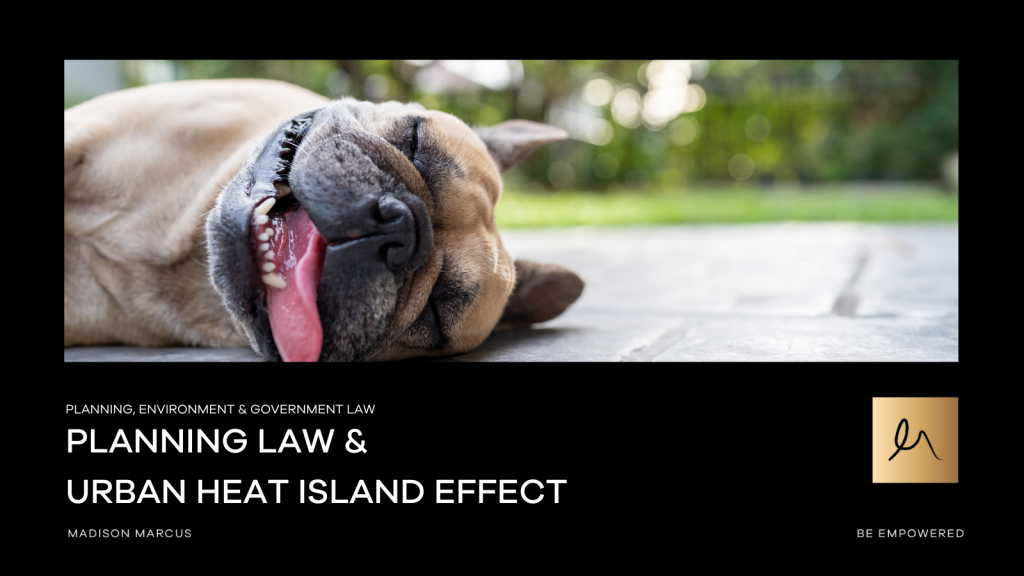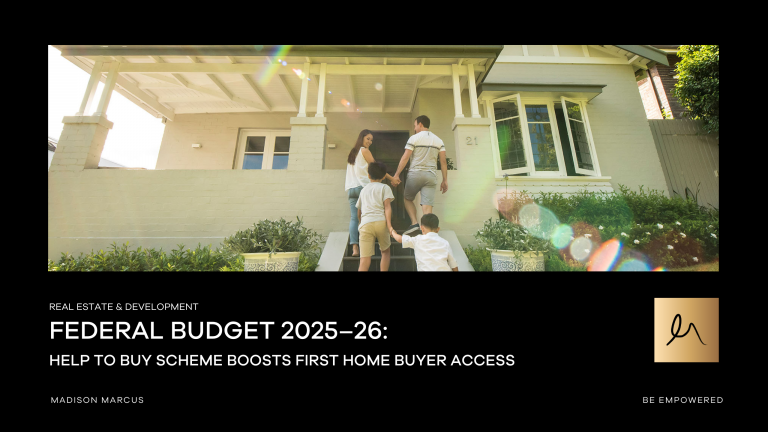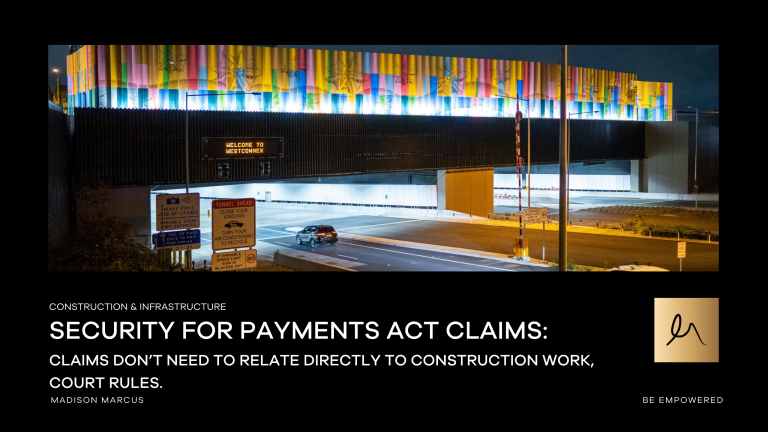This article examines two decisions of the Land and Environment Court, one very recent and the other relatively recent, where the Court considered planning controls designed to mitigate the “urban heat island effect”. Both cases involved land in the Penrith Local Government Area.
Overview of Penrith’s Climate Challenges
According to the Penrith City Council website, nearly every summer, Penrith records the hottest temperatures in Sydney, where the mercury can rise above 45 degrees. On 4 January 2020, Penrith was officially the hottest place on Earth, with a temperature of 48.9 degrees Celsius. It broke a Bureau of Meteorology temperature record held since 1939.
Penrith Local Environmental Plan 2010: Clause 7.30 Urban Heat
On 22 July 2022, Penrith Local Environmental Plan 2010 was amended to include a new clause (clause 7.30) titled “Urban Heat”. The clause applies to new development in a majority of zones under PLEP 2010. The clause requires a consent authority to be satisfied that planning and design measures are incorporated into a proposed development to reduce the “urban heat island effect” and maximise “green infrastructure” before determining a development application for the proposed development.
Impact of Green Infrastructure on Urban Heat Mitigation
Urban heat island effect is defined in the PLEP 2010 as the result of conditions that contribute to higher temperatures in urban areas, with a significant factor being the reduction in green infrastructure. Green infrastructure is defined in PLEP 2020 as a “network of green spaces, natural systems and semi-natural systems”, including “tree canopy, green ground cover” that is “strategically designed and managed to support a good quality of life in an urban environment”.
Urban heat island effect is defined in the PLEP 2010 as the result of conditions that contribute to higher temperatures in urban areas. One of those conditions is a “reduction in green infrastructure”.
Case Study 1: Emerald Retail Pty Ltd v Penrith City Council
Details of the Development Application
In Emerald Retail Pty Ltd v Penrith City Council [2023] NSWLEC 1741 the Court considered a development application that involved tree removal and construction of 11 townhouses with at grade parking, landscaping, associated civil works and strata subdivision into 12 lots. The application involved the removal of all existing trees on the site and the replanting of large canopy trees along the street frontages and centrally in the site, and small canopy trees along the site boundaries.
Court’s Findings and Decision
Penrith Council contended that the development application should be refused because the proposed development did not demonstrate a reduction in urban heat island effect. The Court agreed. The Court held that the retention of at least some of the existing canopy vegetation, supplemented with strategically placed/designed new plantings, had the capacity to provide an effective interlocking canopy that reduced the urban heat island effect. The proposed removal of all canopy trees on the site without effective canopy tree plantings resulted in minimisation of green infrastructure. The proposed new plantings were not strategically designed nor located to provide sufficient canopy coverage.
The Commissioner observed that clause 7.30 of the PLEP 2020 seeks action at the local scale to effect a regional outcome, to address the urban heat island effect across Penrith. The Commissioner also recognised that while the development site in that case was a small part of the Penrith area, it had the potential to make a difference (cumulatively) to reduce the urban heat island effect in Penrith. The Court refused the application.
Case Study 2: Eboli v Penrith City Council
Details of the Development Application
In Eboli v Penrith City Council [2024] NSWLEC 1320 the Court considered a development application to construct a child care centre with basement car parking, landscaping and engineering works. The site contained 7 existing mature trees.
Court’s Findings and Decision
The Council contended that the application should be refused because the proposed development failed to demonstrate that planning and design measures have been incorporated to reduce the urban heat island effect.
The application proposed to retain and plant a total of 27 trees. The applicant presented evidence at the hearing showing that the difference between the pre-development tree canopy cover and post development canopy cover in 5 years’ time was an additional 1.9% and in 20 years’ time was an additional 42.5% for the existing cover.
The Court determined that the urban heat island consideration in clause 7.30 of PLEP 2010 had been satisfied. The Court was drawn to that conclusion because the proposal:
- included a comprehensive plan for landscape planting in the front setback, northern setback and western setbacks;
- resulted in an expansion of tree canopy over time beyond that evident today;
- integrating landscape planting into the building.
Comparative Analysis of Court Decisions
The decisions in Emerald Retail and Eboli provide contrasting examples of how the urban heat island effect controls in the Penrith LEP 2010 are applied to new development. Applications are more likely to be approved if an effort is made in the design to retain as many existing trees and plant as many new trees as reasonably possible.
Guidelines for Development Applications in Penrith
As with all merit-based planning decisions, the task is to find the right balance between development potential, constraints, opportunity, and legal requirements. Developers should ensure that their applications demonstrate how they incorporate planning and design measures to reduce the urban heat island effect and maximise green infrastructure.
Balancing Development and Environmental Concerns
The contrasting decisions in Emerald Retail and Eboli highlight the importance of green infrastructure in mitigating urban heat in Penrith. By retaining existing trees and strategically planting new ones, developers can improve their chances of approval while contributing to a cooler urban environment.
The above article is not legal advice. If you require legal advice about how the contents of this article might apply to any particular facts and circumstances, please contact Michael Mantei, Partner Planning Environment and Government at Madison Marcus.
Contact Information for Legal Advice
MM Website Enquiry Form
Form used to capture all MM website enquires. Will be used in Monday and Mailchimp via Zapier
"*" indicates required fields







